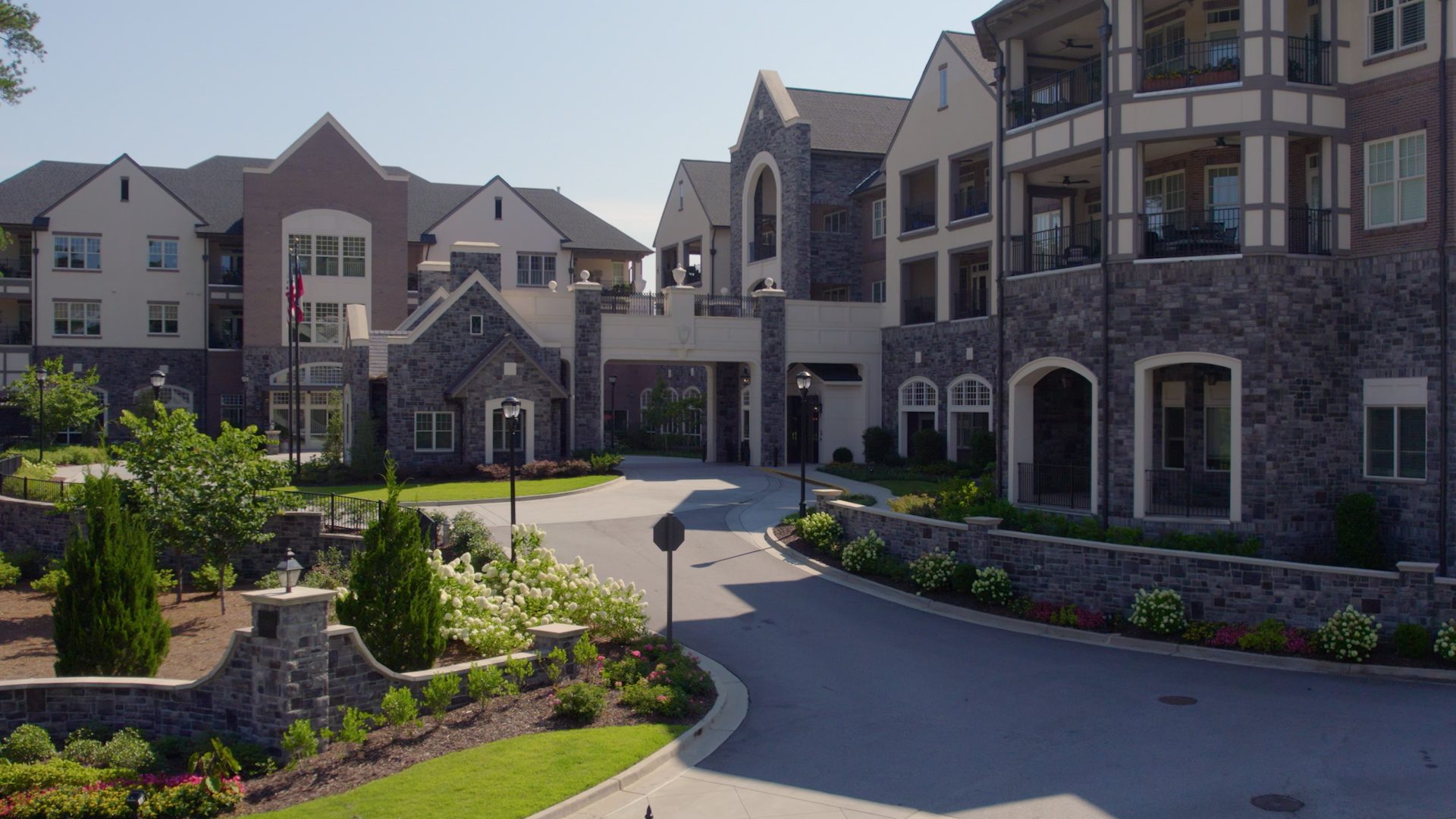Introduction
Drone footage has become increasingly popular in capturing stunning aerial views and adding a unique video perspective. However, the process of editing drone footage can be both rewarding and challenging. This blog post will delve into my recent journey of editing drone footage using Adobe Premiere Pro, explicitly focusing on utilizing Warp Stabilizer and Speed Ramping. I will share my achievements, the hurdles I encountered, and the valuable lesson I learned about the importance of hiring an experienced editor.
Mastering Drone Footage Editing: Challenges, Triumphs, and the Need for an Editor
Drone footage presents a myriad of possibilities for creating visually captivating videos. It allows us to soar through landscapes, capture intricate details from above, and evoke a sense of awe in viewers. However, transforming raw drone footage into a polished and professional final product requires expertise in editing techniques.
Over the past two days, I embarked on a self-taught journey to master editing drone footage. Armed with Adobe Premiere Pro, I focused on harnessing the power of two essential tools: Warp Stabilizer and Speed Ramping. Little did I know the challenges that awaited me.
The first hurdle I encountered was navigating the myriad options in the Warp Stabilizer tool. After I ran it with the default settings, I had a few spots that it jumped around. I discovered the best thing was to turn on Detailed Analysis. When set to on, the next Analysis phase does extra work to find elements to track. The resulting data (stored in the project as part of the effect) is much larger and slower with this option enabled.
After experimentation, I discovered that the perspective stabilizer with a smoothness value set at 10 provided the desired results. 50 is the default setting, but after much research, most people say this needs to be lowered. Many suggest below 20, and many say as low as 1. However, it was crucial to meticulously stabilize the footage, iteratively adjusting it until I achieved the desired smoothness. The higher the number, the more it will crop for my footage.
As I delved deeper, I stumbled upon a valuable insight. I realized I could apply Speed Ramp effects to create dynamic and impactful moments in the footage by nesting the stabilized clip. This breakthrough allowed me to add an extra layer of excitement and energy to the video.
However, a significant challenge arose when dealing with drone flights that extended beyond three and a half minutes. The drone automatically splits the footage into two separate clips. Unfortunately, applying warp stabilization individually to each clip resulted in misalignment when merged. This presented a frustrating setback.
A potential workaround emerged: I discovered that I could ensure better alignment by nesting the clips before applying warp stabilization. However, this solution required exporting the nested clip, reimporting it, and using the desired Speed Ramp effects. It was a laborious process, but it ultimately yielded satisfactory results. I had to start over from scratch.
After investing significant time and effort, I feel confident in my outcome. The footage now boasts improved smoothness and dynamic speed changes, enhancing visual storytelling. However, this journey has also underscored the importance of collaboration and seeking expertise when necessary.
Recognizing the limits of my abilities, I am now convinced that there are times when hiring a professional editor is the wisest choice. James Dockery, a senior editor with ESPN and a close friend, with his vast experience and daily immersion in the world of editing, possesses the skills to add those crucial finishing touches that can elevate the footage to a whole new level.
In conclusion, editing drone footage is a challenging yet rewarding endeavor. Exploring tools like Warp Stabilizer and Speed Ramping opens a world of possibilities for creating captivating videos. However, it is crucial to acknowledge when an editor’s expertise is needed to perfect the final product.

